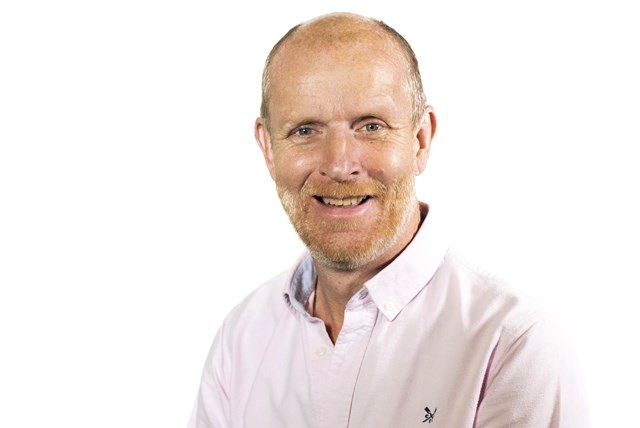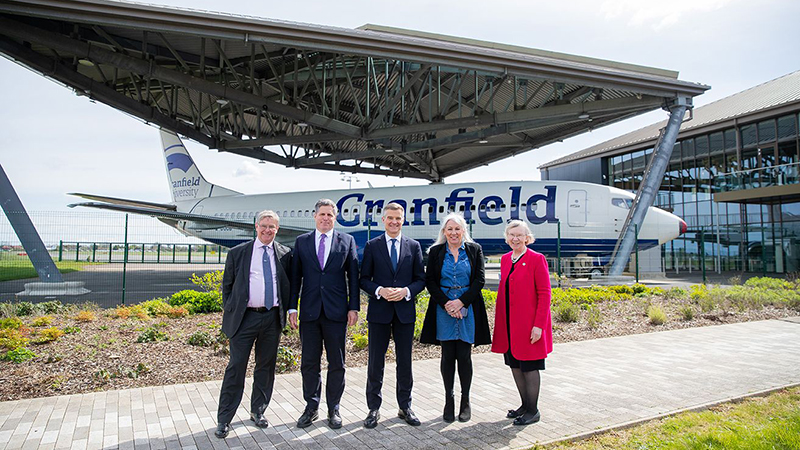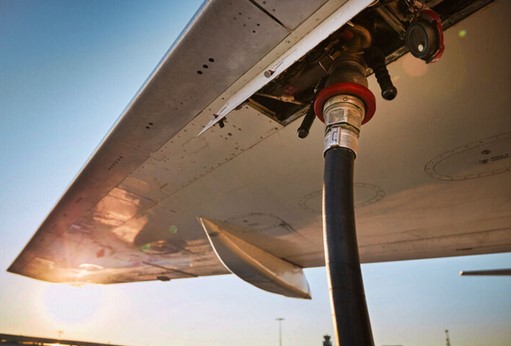NATS alters way it shares ops changes with Heathrow

On 27 June 2014 NATS made a procedural change affecting the Compton route, one of the six departure routes used at Heathrow during periods of easterly winds. Heathrow was unaware of this change. The Compton route is used by 16% of departing aircraft turning west when the airport is on easterly operations, equating to around 6% of total departures. Other departure routes are not affected.
Prior to the change, aircraft using this departure route were directed across a wide swathe of airspace before moving into the next sector of airspace anywhere within a 13-mile “gateway” near Compton (hence its name) at approximately 8,000ft. Since NATS made the procedural change, this gateway for departures has been narrowed to around 7 miles which means that aircraft are now climbing through a narrower area of the existing airspace in order to be in the correct location to go through the gateway. This has resulted in more concentration of departure aircraft activity over some areas and a reduction in others. It has also altered the position of some flights before they reach 7,000 feet, but not below 4,000 feet.
Areas affected by this concentration include Virginia Water, Ascot, Binfield and some parts of Bracknell. For other areas, including Windlesham, Lightwater and Bagshot, the number of departing aircraft over them has reduced. This change does not affect areas to the east of the airport such as Teddington, East Molesey and Twickenham, and it also does not result in aircraft flying over new areas. It applies to one departure route only, so arrivals are not affected.
While the change to procedures made by NATS is unrelated to the airspace trials that took place last summer and finished on 12th November 2014, it does affect some of the same residents - specifically in Ascot and Bracknell.
Following the ending of the trials, Heathrow was approached by a number of residents and their elected representatives with concerns that flights were being routed differently. Heathrow asked NATS whether there had been any other relevant changes to airspace and were told that no changes had taken place. However as a result of further investigations by NATS and the CAA, the procedural change was identified, affecting air traffic in areas to the southwest of the airport.
There is no suggestion that NATS had any intention to mislead; however their failure to identify this change to Heathrow resulted in the airport wrongly telling residents in good faith that no changes had occurred following conclusion of the airspace trials in November. Procedural changes made by to the control of aircraft above 7,000 feet do not involve airports and there is no suggestion that NATS did not follow the current agreed process. Nevertheless where procedural changes occur that may have a discernable effect to the noise experienced by residents, we would expect NATS to make us aware of the changes and their potential impact so that we can answer questions from local residents.
In light of this NATS has agreed to urgently review the way it shares information with Heathrow on any changes which may have a discernable impact for communities living around Heathrow. The airport asked NATS to consider reverting to the prior operational procedures on Easterly departures. They have advised us that this change was made to improve the safe and efficient management of traffic departing from Heathrow and are not planning to revert.
For its part, Heathrow will continue to push for greater transparency from the aviation industry to promote trust amongst stakeholders and residents. Heathrow has recently set up the Heathrow Community Noise Forum which brings together local community representatives, councillors, and NATS, the CAA and DfT. This will be an important platform to address matters like this.
Heathrow CEO John Holland-Kaye said: “I am very concerned that NATS made this change without informing the airport or affected communities about its potential impact, particularly given its effects on some of the same areas to the west of the airport that were affected by the airspace trials we ran last year. Because of the assurances we received, we in turn told residents in good faith that no changes had occurred. That is unacceptable and I unequivocally apologise to local residents.
"At my request, the Chief Executive of NATS has agreed to urgently review his company’s processes to ensure that NATS shares this information with the airport to prevent this happening again in the future.”














